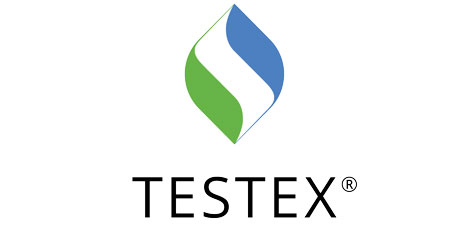As the price of helium continues to rise, many analysts are considering changing the GC carrier gas they use to much cheaper hydrogen. But how practical and safe is it to use hydrogen, and should you be considering cylinders or generators?
We talk to Dr Andreas Kapaklis and Anika Maier at TESTEX, to hear their experience of using hydrogen carrier gas on a Markes Multi-Gas TD system for the routine GC–MS analysis of textile samples.
Independent testing of textiles
The rising cost of helium is affecting many areas of scientific study – and with supplies dependent upon exploitation of a natural resource, it seems unlikely that availability will improve any time soon. As a result, analytical chemists using helium as a carrier gas for GC and GC–MS are continuing to look for ways to eliminate their dependence on helium and so make their laboratory’s analyses more affordable.
Two years ago, that exact question was being considered by Dr Andreas Kapaklis, who is a laboratory team leader at TESTEX. Headquartered in Zurich, and established in 1846, TESTEX is an independent institute focused on testing and certifying textiles and leather products, with more than 300 staff spread across about 40 locations worldwide, and running about 250,000 samples per year.
One aspect of the testing work at TESTEX that is overseen by Andreas and his team relates to GC–MS tests for target lists of residual chemicals, such as benzene, phthalates, PFAS, certain phenols and other ‘substances of very high concern’. Such analyses, which have included VOC testing since 2019, are needed for textiles to gain certification from OEKO‑TEX®, an association of testing institutes acting globally that provide assurance of textile product safety.
“We knew that hydrogen was the answer to our problems”
Download the case study


